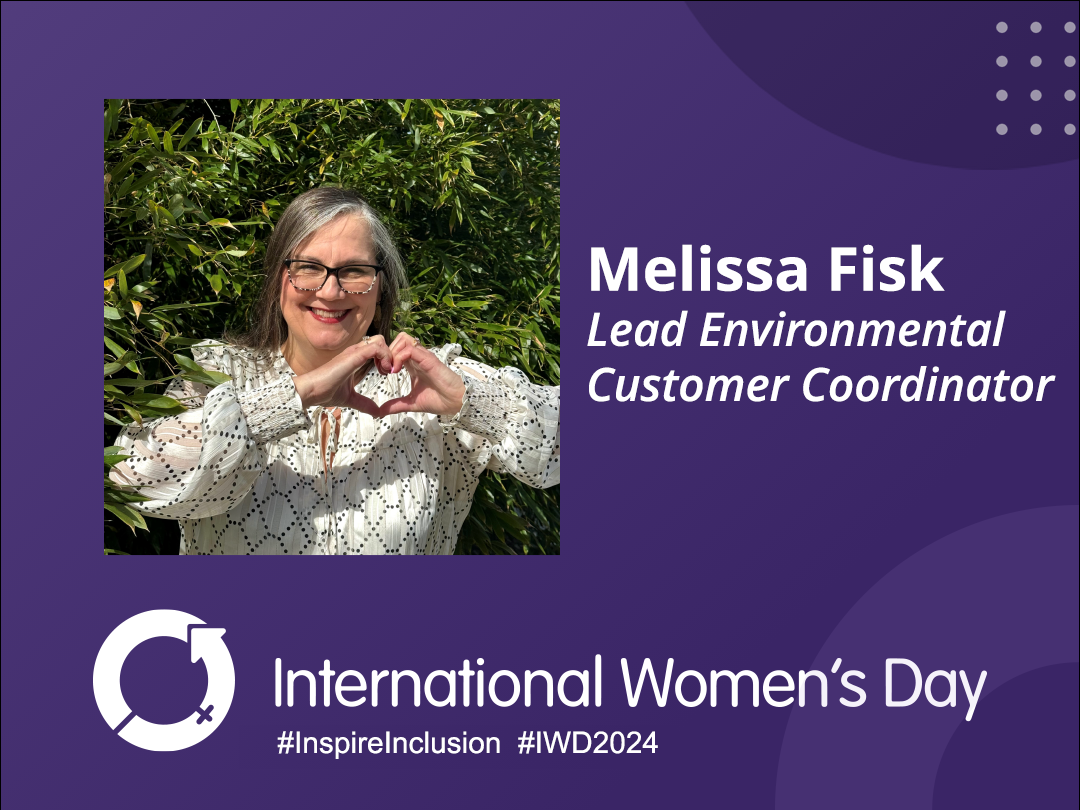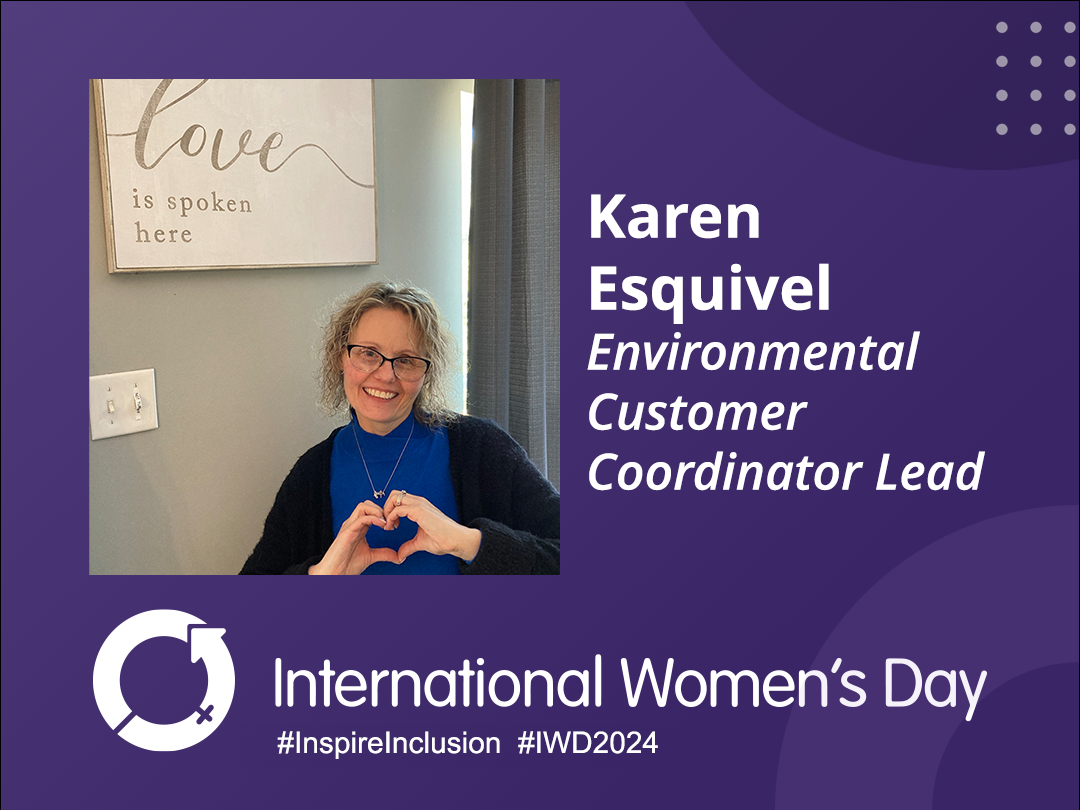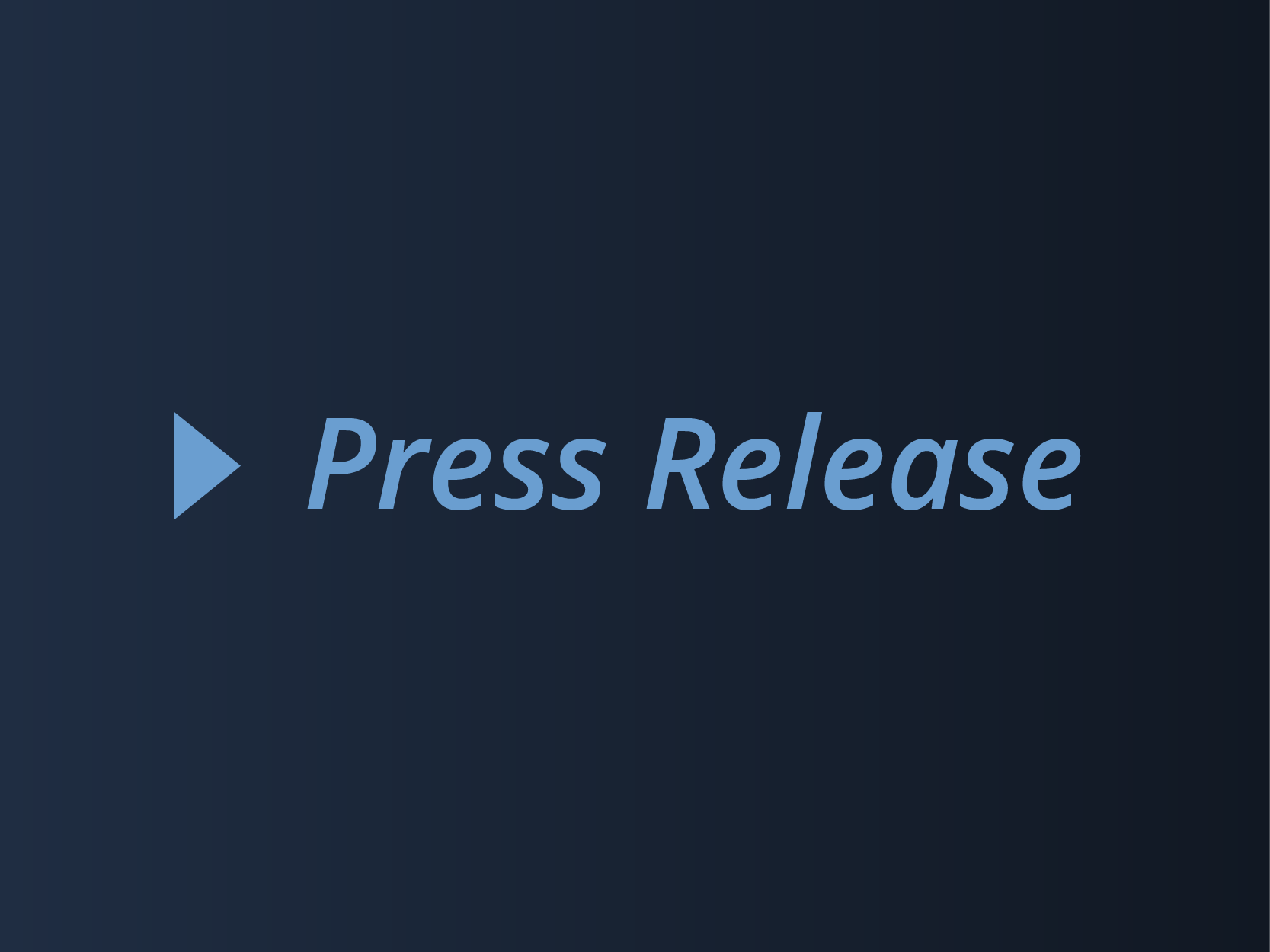
Are we prepared for change? We use many tools to identify hazards, audits, safety observations, inspections, safe work permits and so on. But what do we use to identify hazards that creep up while we are in the middle of a job, focused on getting it done? These hazards are called “changing conditions.”
Changing conditions are things that change during a project — something that has changed since the initial plan — and that may impact the safety of the workers on the job and others around you. A good example of a task that has frequently changing conditions is driving. When we drive down the highway, the situation changes (almost by the second) depending on what city you are driving in.
Now, let’s relate this to other aspects of our work with an example:
Your crew is working on the third level of a process unit performing maintenance. As work starts, you notice a liquid dripping down from the deck above you. As you step away to see what’s happening, you notice another group performing a line break on a vessel on the deck above you. Most likely, you will decide to stop work and get your crew out of the area. In this case, there are a lot of questions to ask. One I would ask my crew is: “Could we have seen this coming?”
One way to avoid this situation is to use a “structured pause.” This is a pause that allows your crew time to stop work, refocus on safety and identify anything around them that has changed. It’s easy to get busy, get tunnel vision and lose track of what’s happening around us while on the job. Using a structured pause helps to break up the work and ensure we catch those changing conditions.
Examples of changing conditions include:
- Change in the weather
- Change in personnel
- Change in work scope
- Change in other work around you
It’s easy to focus on the task at hand and miss any changes that you may not be prepared for. Here are some good examples of tools we use at Heritage Environmental Services that anyone can use to help identify changing conditions:
- Take the time to do a thorough Job Hazard Assessment and revise work as things change.
- For every job, use the mindset of “one safe task at a time.” Slow down, focus and be prepared for any safety issues that arise.
- Use a structured pause. Take the time to stop the job for a few seconds to refocus on safety. For example, use the 20-20-20 rule: Stop every 20 minutes for 20 seconds and look around 20 feet in all directions to see what’s changed.
- Ask someone to do a safety observation on you while you work. This will give them the opportunity to see hazards that you may have missed.
- Be your brother’s and sister’s keeper; watch out for each other. It’s all about getting each other home safe.

Written by Jim Mangas, VP of Health & Safety
Check out the original publication in the 2022 March/April Edition of BIC Magazine: https://bic.mydigitalpublication.com/march-april-2022/page-33
More News From Heritage
-
3/12/24
Equal Pay Day – Spotlighting Our Female Drivers
-
3/8/24
International Women’s Week Spotlight – Shannon Dippel
For International Women's Week, we're spotlighting some of the incredible women in the Heritage family. Our final spotlight is Shannon Dippel.
-
3/8/24
International Women’s Week Spotlight – Susan Adams
For International Women's Week, we're spotlighting some of the incredible women in the Heritage family. Our sixth spotlight is Susan Adams.
-
3/7/24
International Women’s Week Spotlight – Lea Wilson
For International Women's Week, we're spotlighting some of the incredible women in the Heritage family. Our fifth spotlight is Lea Wilson
-
3/7/24
International Women’s Week Spotlight – Melissa Fisk
For International Women's Week, we're spotlighting some of the incredible women in the Heritage family. Our fourth spotlight is Melissa Fisk.
-
3/6/24
International Women’s Week Spotlight – Taylor Harvey
For International Women's Week, we're spotlighting some of the incredible women in the Heritage family. Our third spotlight is Taylor Harvey
-
3/5/24
International Women’s Week Spotlight – Karen Esquivel
For International Women's Week, we're spotlighting some of the incredible women in the Heritage family. Our second spotlight is Karen Esquivel.
-
3/5/24
Heritage Environmental Services Announces HP Nanda as CEO; CEO Jeff Laborsky Transitions to Board of Directors
Heritage Environmental Services (“HES”) announced today that HP Nanda will join the organization as CEO.








